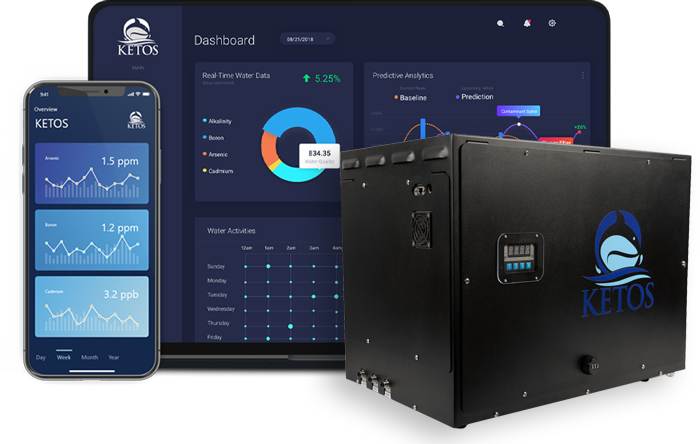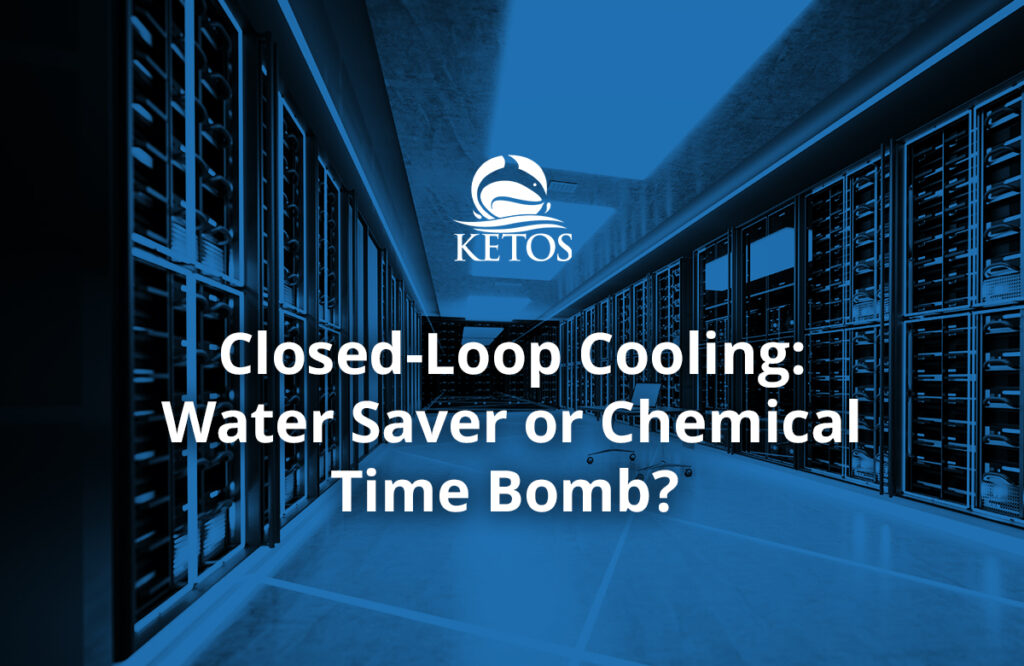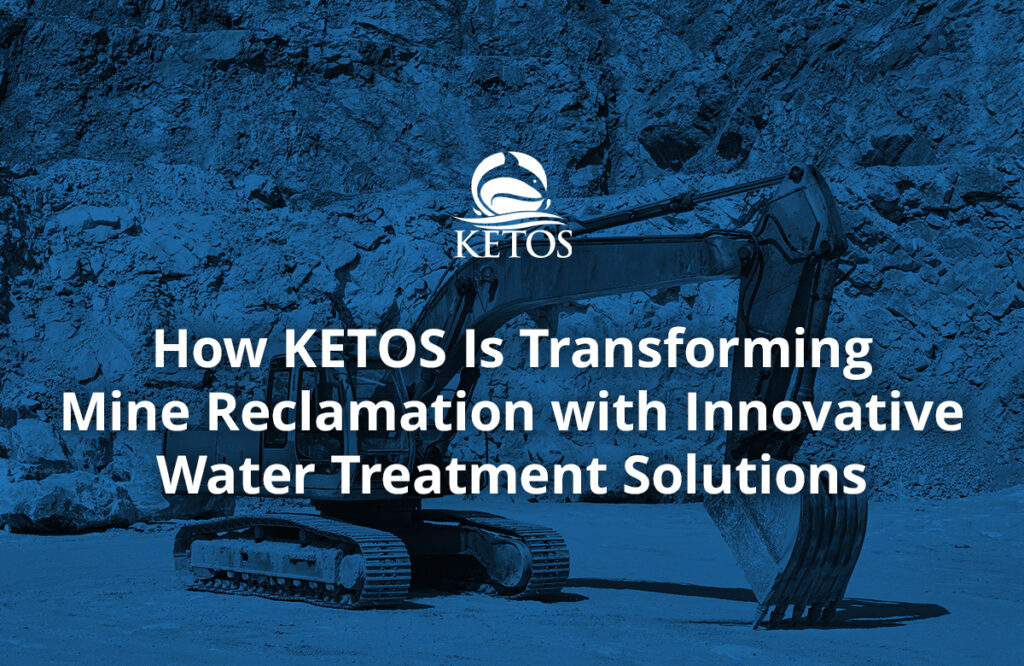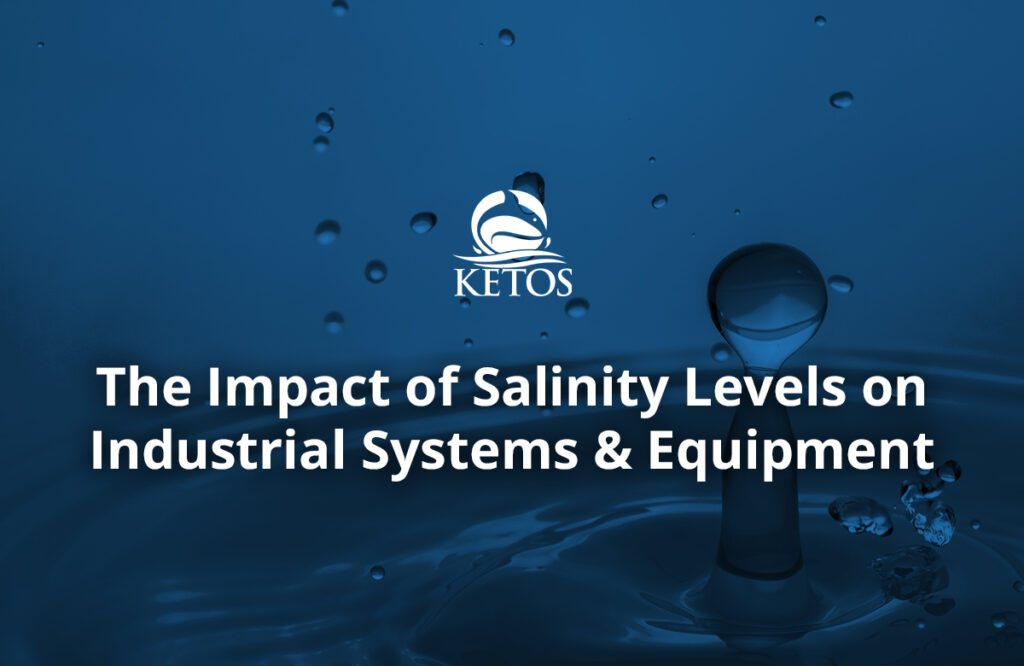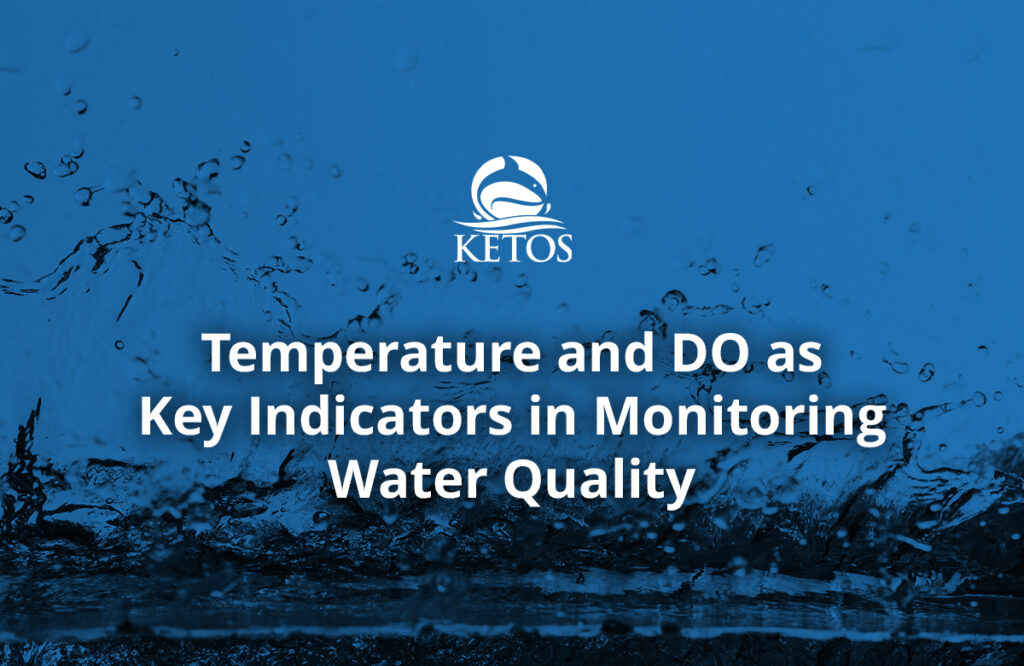Water operators across industries often face extensive monitoring challenges. For example, how can they update their operations without disrupting existing processes with limited budgets and pre-existing infrastructure? And how can they simplify their water monitoring approach without re-imagining their entire setup? KETOS embraces interoperability to address these issues, improve water quality testing, and simplify the reporting of data.
The Problem with Multiple Water Monitoring Systems
Previously, it was pretty standard to have one piece of hardware, or one solution, that would monitor for one particular parameter or a small subset of options. However, this continues to be an expensive, archaic, and cumbersome approach to water quality monitoring. Operators need to install multiple solutions to cover their required parameters. It also means data siloes become a way of life, as various brands of hardware and software just don’t have the functionality to communicate with each other.
As digital transformation continues to evolve across various aspects of the water industry, many operators are looking for ways technology can help them simplify their existing systems – not make them more complicated. However, often tight budgets can make operators wary of adopting new solutions that they fear can balloon operating costs or make their pre-existing processes more complex.
KETOS: Designed for Interoperability to Streamline Water Quality Testing
KETOS has designed an award-winning product that embraces interoperability to simplify how water operators collect, record, and report water data.
The software platform easily integrates with existing systems (such as SCADA, Hach WIMS, and cloud platforms like Azure) and legacy infrastructure without disrupting processes. Once installed, it can even communicate with other monitoring software, allowing operators to centralize their water data across devices and remove data silos to help build a 360-degree understanding of their water quality and usage. Once KETOS is up and running, SCADA and other readings can be collected by the system and uploaded to a cloud-enabled dashboard that showcases all readings in one place.
KETOS is also modular, meaning operators can place devices at various points in existing infrastructure (influent, effluent, recycled, etc.). Water gets tested at pre-determined intervals with data collected on one cloud-enabled source.
The KETOS dashboard also visualizes the data for easy-to-understand insights with no more hard-copy third-party PDFs to file. Operators even can set their own threshold alerts that act as an early warning system for spikes in the parameters that could affect water safety during operational downtime. Gaining those insights from all devices enables teams to react in real-time to protect equipment, product quality, and safety standards.
Say Goodbye to Manual Water Sampling
Gone are the days of manual sampling or collecting reports from multiple sources requiring third-party labs’ insights. Water operators have everything they need to compile data in-house (from all devices) to understand their water quality across 30+ parameters (including environmental factors, inorganics, heavy metals, and nutrients).
The best part: gaining superior monitoring capabilities does not come alongside a high up-front cost. Using a $0-CAP-EX model, users pay a low set monthly fee for self-calibrating equipment that plugs right into an existing setup. With KETOS, you can upgrade your water quality visibility in hours – not weeks or months.
